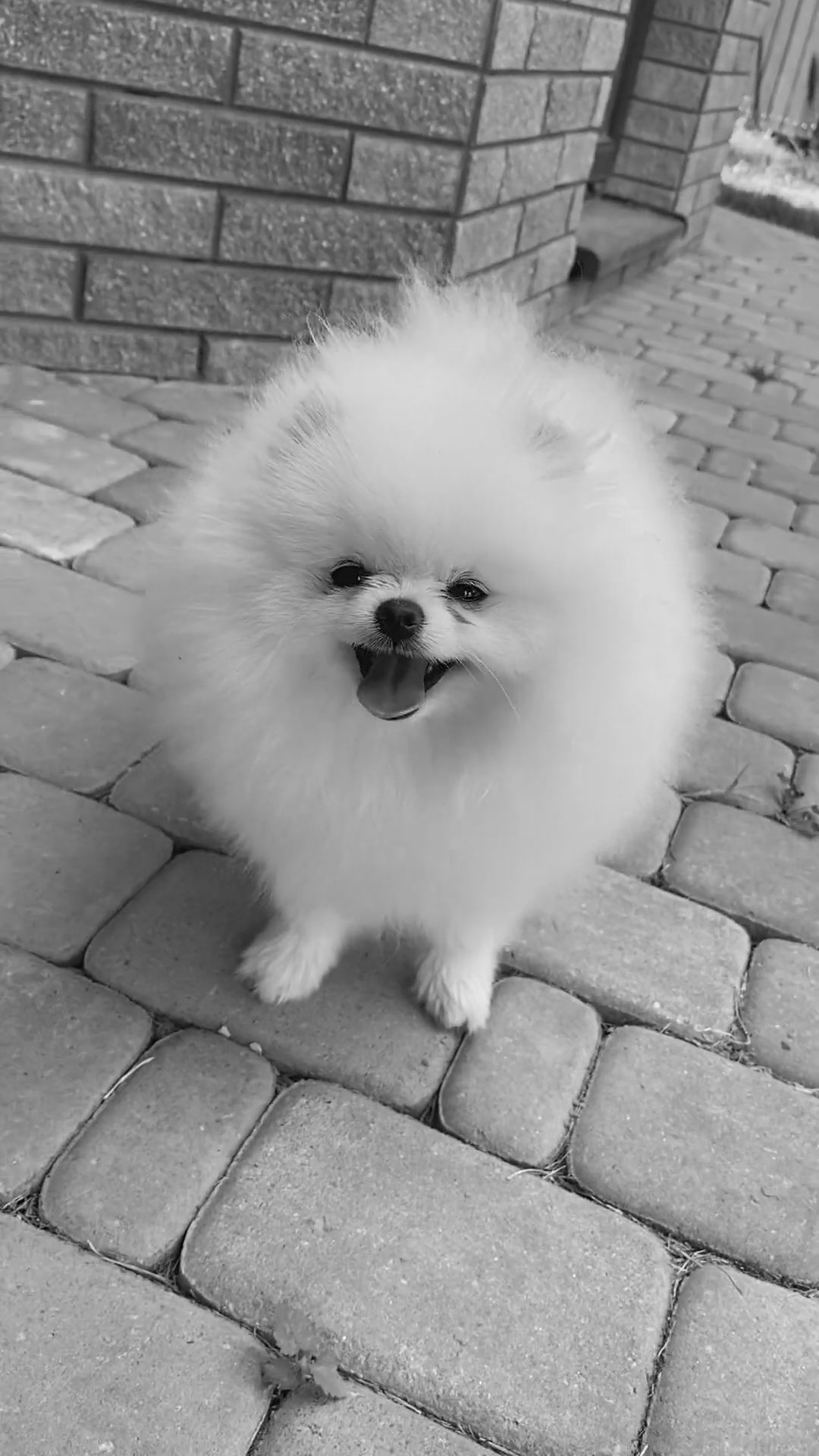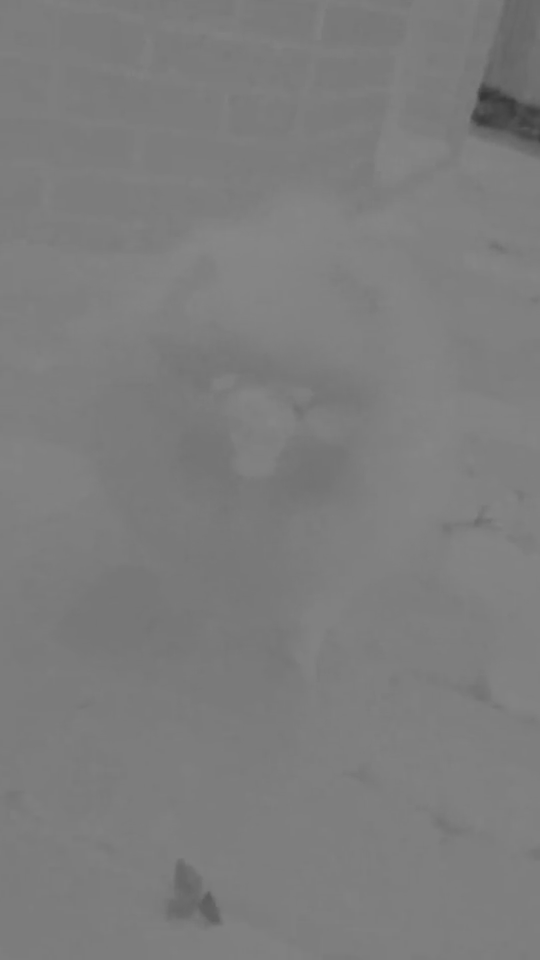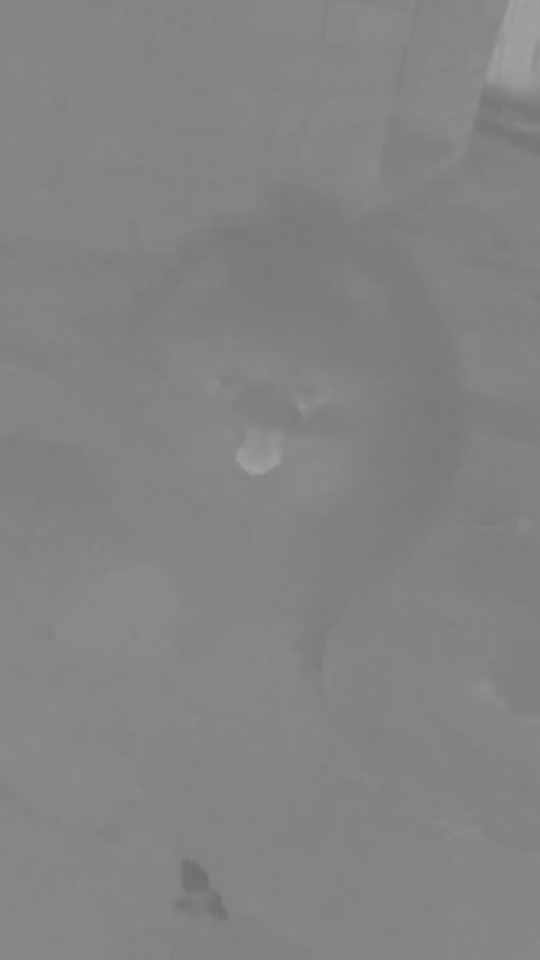WebGPU Using Video Efficiently
In the previous article, we covered how to load images, canvases, and video into a texture. This article will cover a more efficient way to use video in WebGPU.
In the previous article we loaded video data into a webgpu texture
by calling copyExternalImageToTexture. This function copies
the current frame of video from the video itself into a pre-existing
texture that we created.
WebGPU has another method for using video. It’s called importExternalTexture
and, like the name suggests, it provides a GPUExternalTexture. This external
texture represents the data in the video directly. No copy is made. [1]
You pass importExternalTexture a video and it returns a texture, ready to use.
There are a few big caveats to using an texture from importExternalTexture.
-
The texture is only valid until you exit the current JavaScript task.
For most WebGPU apps that means the texture only exists until your
requestAnimationCallbackfunction ends. Or whatever event you’re rendering on;requestVideoFrameCallback,setTimeout,mouseMove, etc… When your function exits the texture is expired. To use the video again you must callimportExternalTextureagain.An implication of this is that you must make a new bindgroup each time you call
importExternalTexture[2] so that you can pass the new texture into your shader. -
You must use
texture_externalin your shadersWe’ve been using
texture_2d<f32>in all previous texture examples but textures fromimportExternalTexturecan only be bound to binding points usingtexture_external. -
You must use
textureSampleBaseClampToEdgein your shadersWe’ve been using
textureSamplein all previous texture examples but textures fromimportExternalTexturecan only usetextureSampleBaseClampToEdge. [3] Like the name suggests,textureSampleBaseClampToEdgewill only sample the base texture mip level (level 0). In other words, external textures can not have a mipmap. Further, the function clamps to the edge, meaning, setting a sampler toaddressModeU: 'repeat'will be ignored.Note that you can do your own repeating by using
fractas in:let color = textureSAmpleBaseClampToEdge( someExternalTexture, someSampler, fract(texcoord) );`
If these restrictions are not okay for your needs then you’ll need to use
copyExternalImageToTexture like we covered in the previous article.
Let’s make a working example using importExternalTexture. Here’s a video
Here are the changes need from our previous example.
First we need to update our shader.
struct OurVertexShaderOutput {
@builtin(position) position: vec4f,
@location(0) texcoord: vec2f,
};
struct Uniforms {
matrix: mat4x4f,
};
@group(0) @binding(2) var<uniform> uni: Uniforms;
@vertex fn vs(
@builtin(vertex_index) vertexIndex : u32
) -> OurVertexShaderOutput {
let pos = array(
// 1st triangle
vec2f( 0.0, 0.0), // center
vec2f( 1.0, 0.0), // right, center
vec2f( 0.0, 1.0), // center, top
// 2nd triangle
vec2f( 0.0, 1.0), // center, top
vec2f( 1.0, 0.0), // right, center
vec2f( 1.0, 1.0), // right, top
);
var vsOutput: OurVertexShaderOutput;
let xy = pos[vertexIndex];
vsOutput.position = uni.matrix * vec4f(xy, 0.0, 1.0);
- vsOutput.texcoord = xy * vec2f(1, 50);
+ vsOutput.texcoord = xy;
return vsOutput;
}
@group(0) @binding(0) var ourSampler: sampler;
-@group(0) @binding(1) var ourTexture: texture_2d<f32>;
+@group(0) @binding(1) var ourTexture: texture_external;
@fragment fn fs(fsInput: OurVertexShaderOutput) -> @location(0) vec4f {
- return textureSample(ourTexture, ourSampler, fsInput.texcoord);
+ return textureSampleBaseClampToEdge(
+ ourTexture,
+ ourSampler,
+ fsInput.texcoord,
+ );
}
Above we stopped multiplying the texture coordinates by 50 since that was only there to show repeating and external textures do not repeat.
We also made the required changes as mentioned above. texture_2d<f32>
becomes texture_external and textureSample becomes textureSampleBaseClampToEdge.
We removed all of the code related to creating a texture and to generating mips.
We of course need to point to our video
- video.src = 'resources/videos/Golden_retriever_swimming_the_doggy_paddle-360-no-audio.webm'; + video.src = 'resources/videos/pexels-anna-bondarenko-5534310 (540p).mp4';
Since we can’t have mip levels there’s no need to create samplers that would use them.
const objectInfos = [];
- for (let i = 0; i < 8; ++i) {
+ for (let i = 0; i < 4; ++i) {
const sampler = device.createSampler({
addressModeU: 'repeat',
addressModeV: 'repeat',
magFilter: (i & 1) ? 'linear' : 'nearest',
minFilter: (i & 2) ? 'linear' : 'nearest',
- mipmapFilter: (i & 4) ? 'linear' : 'nearest',
});
...
Since we don’t get a texture until we call importExternalTexture we can’t
create our bindgroups in advance so we’ll save off the information needed to
create them later . [4]
const objectInfos = [];
for (let i = 0; i < 4; ++i) {
...
- const bindGroups = textures.map(texture =>
- device.createBindGroup({
- layout: pipeline.getBindGroupLayout(0),
- entries: [
- { binding: 0, resource: sampler },
- { binding: 1, resource: texture.createView() },
- { binding: 2, resource: { buffer: uniformBuffer }},
- ],
- }));
// Save the data we need to render this object.
objectInfos.push({
- bindGroups,
+ sampler,
matrix,
uniformValues,
uniformBuffer,
});
At render time we’ll call importExternalTexture and create
the bindgroups
function render() {
- copySourceToTexture(device, texture, video);
...
const encoder = device.createCommandEncoder({
label: 'render quad encoder',
});
const pass = encoder.beginRenderPass(renderPassDescriptor);
pass.setPipeline(pipeline);
+ const texture = device.importExternalTexture({source: video});
objectInfos.forEach(({sampler, matrix, uniformBuffer, uniformValues}, i) => {
+ const bindGroup = device.createBindGroup({
+ layout: pipeline.getBindGroupLayout(0),
+ entries: [
+ { binding: 0, resource: sampler },
+ { binding: 1, resource: texture },
+ { binding: 2, resource: { buffer: uniformBuffer }},
+ ],
+ });
...
pass.setBindGroup(0, bindGroup);
pass.draw(6); // call our vertex shader 6 times
});
Also, given we can’t repeat the texture, let’s adjust the matrix math to make the quads we are drawing more visible and not stretch them out 50 to 1 like we had before.
function render() {
...
objectInfos.forEach(({bindGroups, matrix, uniformBuffer, uniformValues}, i) => {
const bindGroup = bindGroups[texNdx];
const xSpacing = 1.2;
- const ySpacing = 0.7;
- const zDepth = 50;
+ const ySpacing = 0.5;
+ const zDepth = 1;
- const x = i % 4 - 1.5;
- const y = i < 4 ? 1 : -1;
+ const x = i % 2 - .5;
+ const y = i < 2 ? 1 : -1;
mat4.translate(viewProjectionMatrix, [x * xSpacing, y * ySpacing, -zDepth * 0.5], matrix);
- mat4.rotateX(matrix, 0.5 * Math.PI, matrix);
- mat4.scale(matrix, [1, zDepth * 2, 1], matrix);
+ mat4.rotateX(matrix, 0.25 * Math.PI * Math.sign(y), matrix);
+ mat4.scale(matrix, [1, -1, 1], matrix);
mat4.translate(matrix, [-0.5, -0.5, 0], matrix);
// copy the values from JavaScript to the GPU
device.queue.writeBuffer(uniformBuffer, 0, uniformValues);
pass.setBindGroup(0, bindGroup);
pass.draw(6); // call our vertex shader 6 times
});
And with that we get a zero copy video texture in WebGPU
Why texture_external?
Some of you might notice the fact that this way if using video uses
texture_external instead of something more common like texture_2d<f32>
and it uses textureSampleBaseClampToEdge instead of just textureSample
and that means if you want to use this way of using textures and you want
to mix it with with other parts of your rendering, you’ll need different
shaders. Shaders that using texture_2d<f32> when using a static
texture and different shaders using texture_external when you want
to use a video.
I think it’s important to understand what’s happing under the hood here.
Video is often delivered with the luminance part of the video (the brightness of each pixel), separate from the chroma part of the video (the color of each pixel). Often the resolution of the color is lower than the luminance part. A common way of separating and encoding this is YUV where the data is separated into luminance (Y), and (UV) color info. This representation generally compresses better too.
WebGPU’s goal for external textures is to use the video directly in the format it’s provided. To do this it pretends there is a video texture but in the actual implementation there may be multiple textures. For example, one texture with the luminance values (Y) and a separate texture with the UV values. And, those UV values might be specially separated. Instead being a texture of something like 2 values per pixel interleaved
uvuvuvuvuvuvuvuv uvuvuvuvuvuvuvuv uvuvuvuvuvuvuvuv uvuvuvuvuvuvuvuv uvuvuvuvuvuvuvuv uvuvuvuvuvuvuvuv
They might be arranged like this
uuuuuuuu uuuuuuuu uuuuuuuu uuuuuuuu uuuuuuuu uuuuuuuu vvvvvvvv vvvvvvvv vvvvvvvv vvvvvvvv vvvvvvvv vvvvvvvv
one (u) value per pixel in one area of a texture and one (v) value in another area. Again, because arranging the data like this often compresses better.
When you add texture_external and textureSampleBaseClampToEdge to your
shader, WebGPU, behind the scenes, injects code into your shader that takes this
video data and gives you back an RGBA value. It may sample from multiple
textures and or have to do texture coordinate math in order to pull the correct
data out from 2, 3 or more places and convert to RGB.
Here are the Y, U, and V channels from the video above


(red ↔ yellow)

( blue ↔ yellow)
WebGPU is effectively providing an optimization here. Traditional graphics
libraries this would be left to you. Either you’d write the code yourself
to convert from YUV to RGB, or you’d ask the OS to do it. You’d copy the data
to an RGBA texture and then use that RGBA texture as texture_2d<f32>. This
way is more flexible. You don’t have to write different shaders for video vs
static textures. But, it’s slower because the conversion has to happen from
the YUV textures, to the RGBA texture.
This slower more flexible method is still available in WebGPU and we covered it in the previous article. If you need the flexibility, if you want to be able to use video everywhere without needing different shaders for video vs static images then use that method.
One reason WebGPU provides this optimization for texture_external is because this
is the web. What formats of video are supported in the browser change over time.
WebGPU will handle this for you where as if you had to write the shader yourself
to convert from YUV to RGB, you’d also need to know the format of videos will not
change and that is not a guarantee the web can make.
The most obvious places to use the texture_external method described
in this article would be video related features like say meet, zoom, FB messenger
related features, like when doing face recognition for adding visualizations or
background separation. Another might be for VR video once WebGPU is supported in WebXR.
Using the Camera
In fact, let’s use the camera. It’s a very small change.
First, we don’t specify a video to play.
const video = document.createElement('video');
- video.muted = true;
- video.loop = true;
- video.preload = 'auto';
- video.src = 'resources/videos/pexels-anna-bondarenko-5534310 (540p).mp4'; /* webgpufundamentals: url */
await waitForClick();
await startPlayingAndWaitForVideo(video);
Then, when the user clicks play, we call getUserMedia and ask for the camera. The resulting stream
is then applied to the video. There are no changes to the WebGPU parts of the code.
function waitForClick() {
return new Promise(resolve => {
window.addEventListener(
'click',
- () => {
+ async() => {
document.querySelector('#start').style.display = 'none';
- resolve();
+ try {
+ const stream = await navigator.mediaDevices.getUserMedia({
+ video: true,
+ });
+ video.srcObject = stream;
+ resolve();
+ } catch (e) {
+ fail(`could not access camera: ${e.message ?? ''}`);
+ }
},
{ once: true });
});
}
Done!
We could make similar changes to
the video example in the previous article
if wanted the camera image as the more flexible texture<f32> type texture instead of
the more efficient texture_external type of texture.
What actually happens is up to the browser implementation. The WebGPU spec was designed in the hope that browser would not need to make a copy. ↩︎
The spec actually says the implementation can return the same texture but it is not required to. If you want to check if you got the same texture, compare it to the previous texture as in
const newTexture = device.importExternalTexture(…);
If it is the same texture then you can reuse your existing bindgroup and referenced
const same = oldTexture === newTexture;oldTexture. ↩︎You can also use
textureLoadwith external textures. ↩︎We could split the bind groups so there’s one that holds the sampler and uniformBuffer which we could create in advance and another that just references the external texture that we create at render time. Whether that’s worth it is up to your particular needs. ↩︎